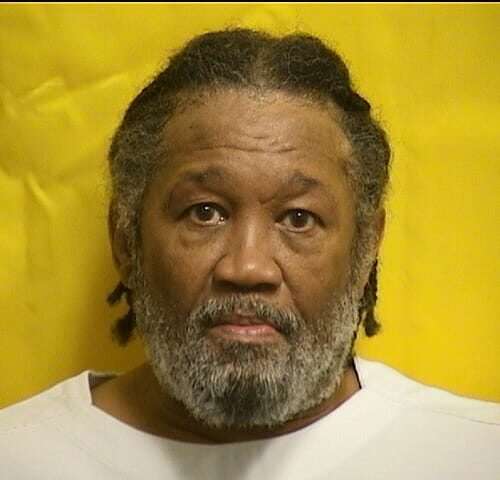Calvin Neyland Ohio Death Row
Calvin Neyland was sentenced to death by the State of Ohio for a double murder. According to court documents Calvin Neyland would murder his boss and the companies safety officer after being fired from his job. Calvin Neyland would be arrested, convicted and sentenced to death. Ohio Death Row Inmate List Calvin Neyland 2021 Information … Read more








